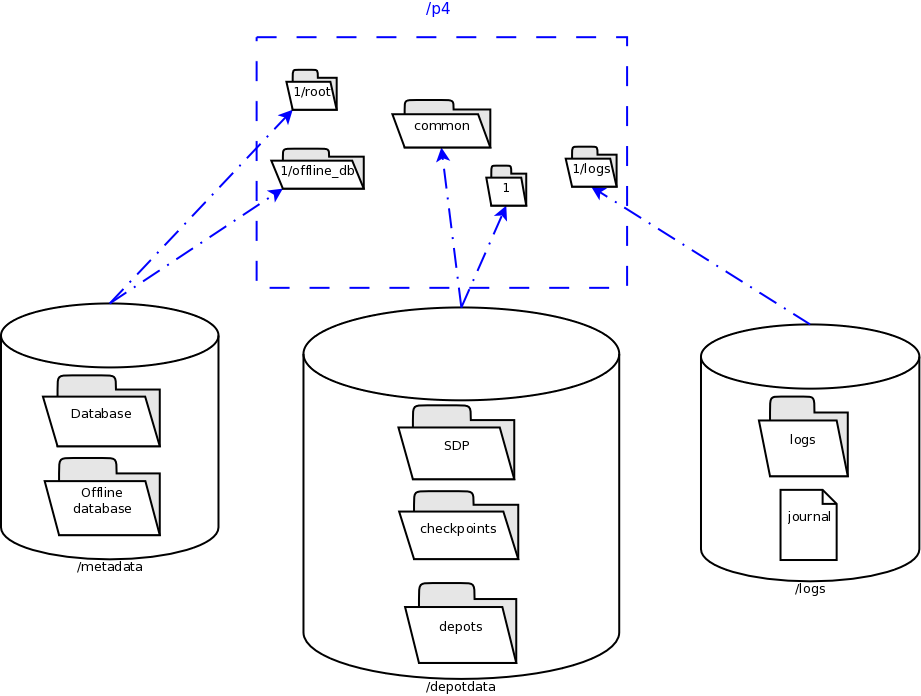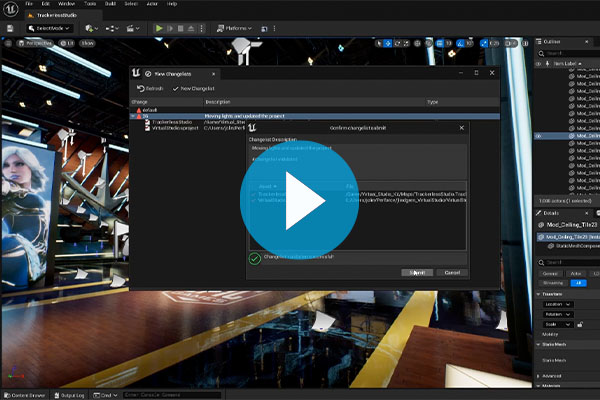

Very useful when you are trying to resolve a file conflict! Revert – Switches back to an earlier version (generally, only the files that you have opened).ĭiff – Compares to files and shows the differences. If someone else has checked-out the same file, if you submit that file, you will have a versioning conflict that will have to be resolved. Submit – Uploads the checked-out files that have changed from your local computer to the repository/depot.Ĭheckout – Downloads the current version (or past versions) of the depot for editing. The files are downloaded as read-only, thus this is for viewing or testing others work, not for making changes. Get Latest – Downloads the latest version of the repository/depot to your local computer. Refresh – Downloads the latest files that you have not checked out (files that you are not editing.

Clicking on the Workspace tab will show your current working folder on your computer. The Depot is on the server and is separate from your workspace. If a file is currently in a depot, then it is being versioned. It is similar to folders on your hard drive. You can also set up a personal server (the second tab) on your local computer to handle personal versioning (which is beyond the scope of this tutorial).Ī few definitions for on the tools for working with a repository (this applies to git as well):ĭepot – Perforce stores files in Depots. Once you have everything filled in, click the OK button and P4V will launch showing the projects. If you will be using the server for multiple personal projects with multiple people, I recommend requiring each user to put their user name as a part of the workspace name. :1666 is the port used by Perforce for sending and receiving data.įor User, click the New button and fill in the information.
INSTALL PERFORCE HELIX SERVER LICENSE
Note: Be sure to review the Perforce license options for your project.Įnter your URL or IP address and add :1666 to the server setting. You can then continue the video instructions. You will probably be downloading the helix server.tgz file, which will need to be decompressed using tar. One correction in the video: The author downloaded P4D for the install. After launching the instance and setting a permanent IP address, I followed this YouTube tutorial. For this installation I used Amazon Web Services, creating an EC2 micro instance and set the storage space at 100GB (probably more than I need initially, but with students, storage space tends to get gobbled up).
INSTALL PERFORCE HELIX SERVER INSTALL
While you can install Perforce P4D (the Helix server) locally for personal versioning, my current projects include many of my students, thus I needed a remote server. Versioning Definition: As changes are made, each version of the changes are stored so that if there is a problem, you can return to an earlier version.ĭownload P4V and P4D (Helix Server) for your installation. Tl dr – I have added a video that walks through this process at the bottom.

In this example, I have focused on configuring the system for Unity, but it was very easy to version my Babylon.JS folder as a Depot. Over the years I have used many types of versioning depending on the project and the scope Dropbox, Google Drive, GitHub, GitLab, local versioning using subversion, and now I am shifting to Perforce to use with my students on Unity 3D, VR, and Babylon.JS WebVR projects. When working with others or even individually on a large project, it is critical that you have some type of versioning control.


 0 kommentar(er)
0 kommentar(er)
